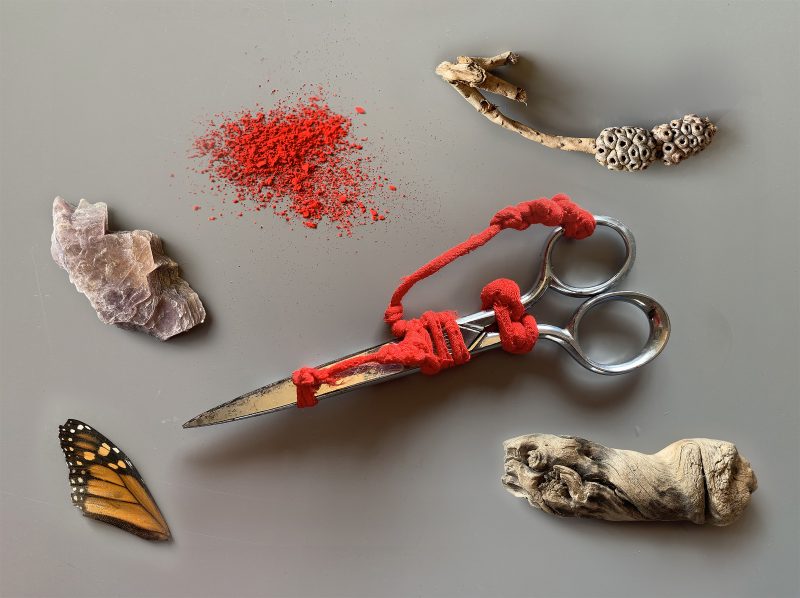
The forest near our home was nothing like the forests you see in the movies, lush and ancient, with natural paths carved over time by brooks and fallen branches. Our forest was ungainly, still on the mend after last summer’s wildfire. The tree cover was leafy, but the trunks were blackened at the base, peeking out through the spring grass like charred ghosts. We got a lot of rain around here. Disasters often struck, but renewal was typically only a season away.
My four-year-old daughter hated the rain and fretted when the sky darkened.
Every morning she begged me to make the sun come out. When I told her that was impossible, she pressed further. Why? Everything was why? with her these days.
I tried to answer her question, but quickly hit the limits of my knowledge of the solar system. Was it the sun’s size that made it impossible to move? Was gravity the main issue?
I realized I didn’t know anything about the sun other than the obvious fact that I couldn’t summon it. Some things you just know because you know them. Kids remind you that you actually don’t know why things are the way they are.
Like why our forest seemed to exist in a halfway state between destruction and re-birth, or why it was filled to the brim with butterflies. It wasn’t rare to suddenly be surrounded by dozens of them, their orange and black bodies flitting chaotically around us on our daily walk.
The first time it happened, I was thinking about how beautiful those butterflies were, how incongruous their existence was in this half-dead forest. Just then, I saw my daughter’s arm, swift like an axe, slash through the air with a pair of scissors.
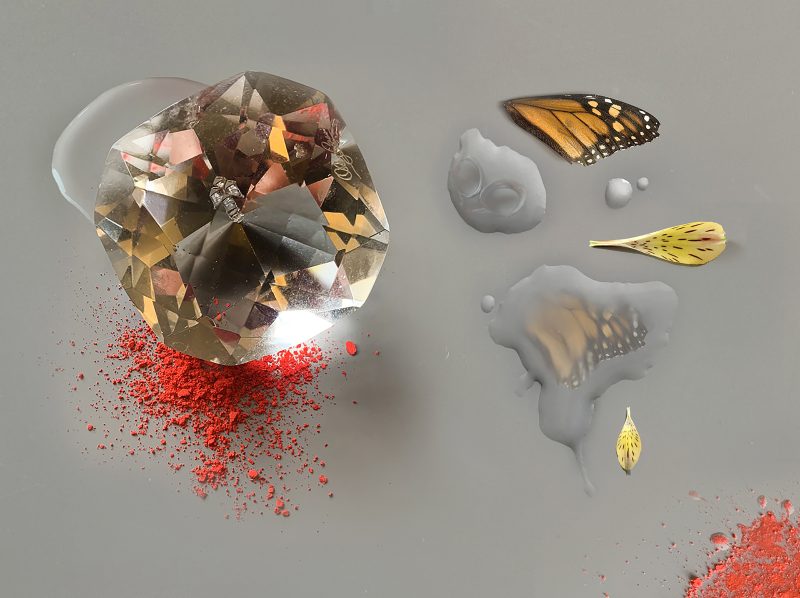
The butterflies swirled around her in streaks of orange and black. She dropped the scissors and began swatting at them with her hands. One fell to the ground, and a second later, before I could understand what was happening, she was on her knees and was clipping the butterfly’s wings, reducing it to two triangles that resembled the flimsy felt art she sometimes brought home from preschool.
“What are you doing?” I shrieked.
She stood, her braids swinging across her back.
“I was trying to kill the butterflies,” she said casually.
“But why would you kill a butterfly?”
“They do bad things. They make it rain.”
The rain, again with the rain. I was tempted to tell her that when she was older and paid the bills, she could move to the desert.
Instead, I took a deep breath and told her what I knew about butterflies, about how caterpillars made cocoons and emerged as beautiful insects. I got a little hung up explaining why butterflies were important to us. I knew bees pollinated the flowers, and spiders ate pests. But what did butterflies do? I hadn’t studied butterflies since elementary school. But I did know they were good and that you don’t kill good things. You don’t always need to know why something is good to know you need to protect it.
Throughout it all, she looked at me like I was the one who didn’t know what she was talking about. Which, the purpose of butterflies aside, was obviously not true.
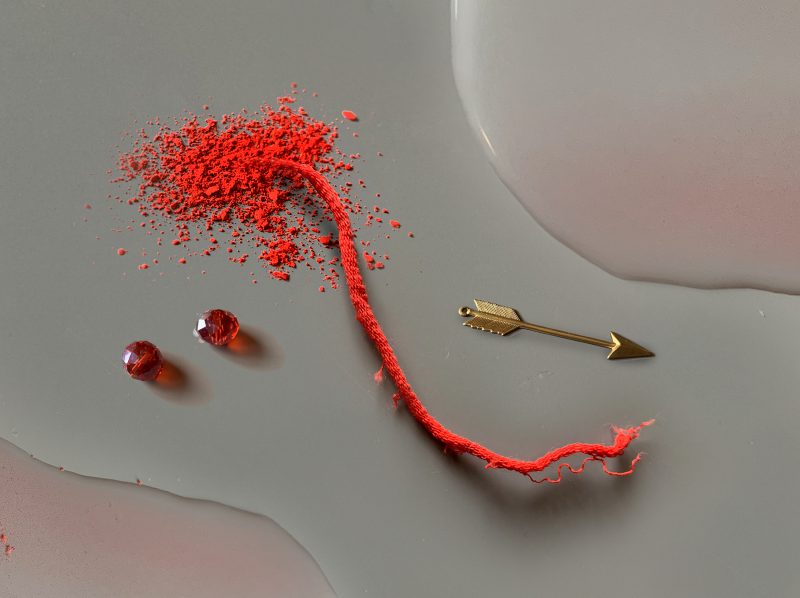
The next day it happened again. And the day after and the day after that.
I confiscated the kitchen scissors, but she found new weapons—a dinner knife, a toy arrow, a long stick found on our walk. The most effective tools, however, were her hands. She’d swat the butterflies to the ground and swiftly bring her shoe down on them.
After that first time, I kept close watch. But inevitably I’d get distracted by something—the afternoon sunlight playing on the leaves, the slow absorption of dead branches back into the earth. The forest’s perpetual conversation of life and death.
Then, like a flash, the moment would explode before me—a rush of butterflies, a fluttering to the ground. It all happened silently and suddenly, almost as if it wasn’t real. There were no screams, not even the sound of ripped paper as she plucked a butterfly from the ground and pulled it in two.
Of course I found it shocking, maybe even psychopathic. But I was also at a loss. On the same afternoon that my daughter bludgeoned three butterflies she also dug a hole in the ground to shelter an injured worm. On another day of slaughter, she brought along a chain of paper dolls and hung them between two trees as a welcome sign for new animals.
I marveled at her child’s brain. Move the sun. Stop the rain. Kill the butterflies. Heal the worm. Her imaginary world, based on nonsensical ideas and reasons, made all actions justifiable, letting her move seamlessly between compassion and cruelty.
As she grew up, I knew her personality would solidify somewhere between those two poles. Worried, I called around and got a referral for a child psychologist.

Going to the psychologist felt like a defeat, as if I didn’t know my own child.
“She’s fine,” the psychologist said. “Magical thinking is common in children.”
It was true that it wasn’t the first time my daughter had entertained wild notions. When she was two she was afraid she would be swallowed by the bathtub drain. At three she thought there were monsters under her bed. Earlier this year, she claimed lady bugs lived in her stomach.
“This will pass,” the psychologist said. “In the meantime, maybe keep her away from sharp objects. And listen to her. Fighting her logic won’t get you very far. Instead, see what she’ll tell you about the butterflies.”
Then came a week of non-stop rain. When it let up for a bit, we decided to go for a walk in the woods.
“I think there’s going to be another flood,” my daughter said as our boots stomped through the mud.
“A flood can only happen to you once,” I said. It wasn’t technically true, but having your house flood was like getting struck by lightning. It just wasn’t going to happen to the same person twice.
By now I knew a thing or two about natural disasters. Two years earlier, our home had been carried away after the dam collapsed. The cottage we moved into after that had burned down in last summer’s wildfire.
I didn’t want to scare my daughter so I kept the details to a minimum, simply telling her it was time to move somewhere new. There would be opportunities later on for her to discover the truth—that life often throws you up against the rocks, and then does it again just as you start to recover. We’re a lot more like those charred trees than we’d like to think.
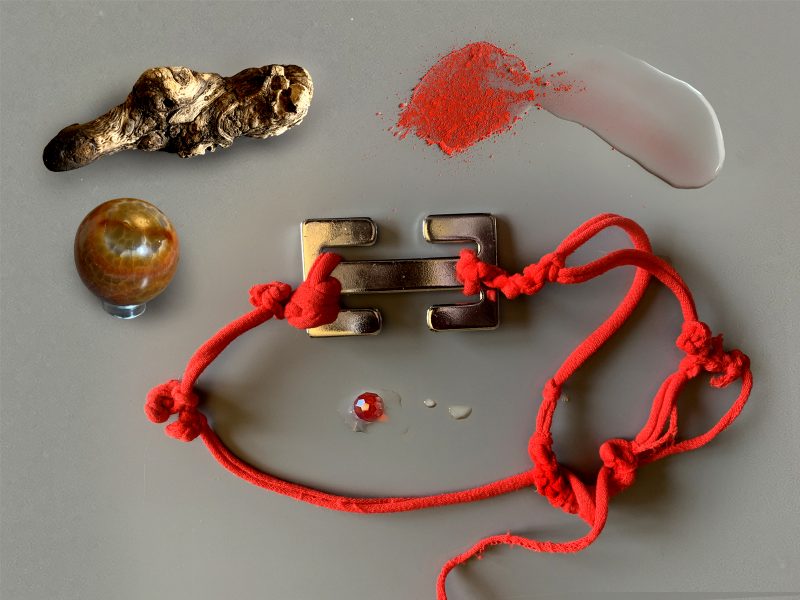
“The butterflies can make it flood,” she said. “They’ll do it again if we don’t stop them.”
Finally, I understood what had been going on. There wasn’t anything wrong with my daughter, she was just trying to connect the dots in places where I should have connected them for her.
“The last house flooded because the dam broke,” I said. “But now we don’t live near any dam or in a flood plain. We’re safe.”
“But they told me they did it. That’s why they are always around, laughing at us.”
On cue, a bunch of butterflies flew towards us, circling as if in smug celebration.
I glanced at my daughter and immediately knew what she was thinking. My hand shot out and intercepted her arm. I didn’t let go until the butterflies flew away.
A minute later, the rain began to shoot down like rocks. We dashed the last hundred yards to our house. In the distance, I could hear the river churning, getting ready to cough up all the knotty branches of burnt pine that had drifted into its waters over the past year.
We didn’t live near the dam. We weren’t in a flood plain. But that night, the river flooded.
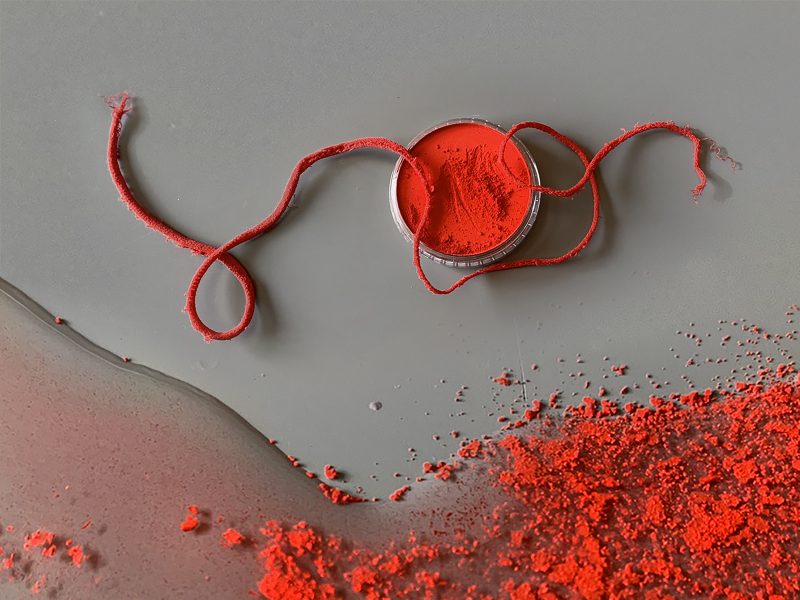
When the dam broke two years earlier, we were in the midst of a historic rainy season. There had long been talk about potential vulnerabilities, and they evacuated anyone in the dam’s path.
From the safety of my sister’s house across town, I watched the flood on TV as my daughter played in the other room. The camera was so far back that there was no sound of cracking or thunder or whatever I imagined a breaking dam might sound like. You almost could have convinced me that it was just a large bathtub turning on, water spilling out of the spigot and crashing below.
That silent footage would loop all day, and at some point they added to it—fallen trees, floating cars, and the image of our house, carried away by the flood, its brown pointed roof bobbing like a witch’s hat as it ran away from the town.
But tonight was different.
I was awakened by the distinct sound of something knocking against the house. I rose from the bed and was immediately engulfed by sound—a roar of static. Rain was hitting the window hard; I opened it just enough to see we were in the middle of a shallow lake, just six inches or a foot or so, swirling around the house in angry lashes.
Would water keep coming or was this it? Did we stay put? Run away? This seemed like something I should have learned at some point.
I replayed the image of our old house speeding past the TV news camera, a tree taking out a chunk of its roof, a car chomping into its side. It would end up, hours later, at the edge of town, split in two like a disemboweled watermelon.
Behind me, the bed creaked.
“Mommy?”
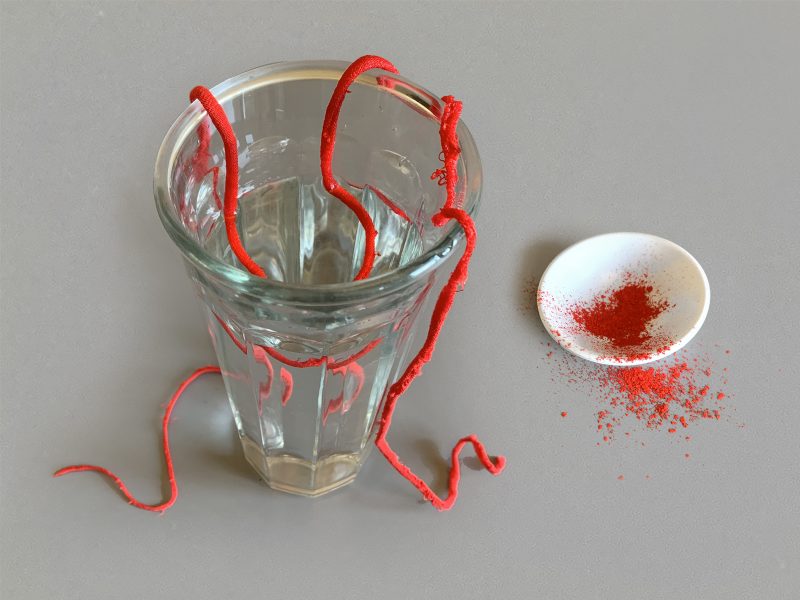
“We’re OK,” I said to her automatically, not knowing if it was true.
From the window, I could see the water had swallowed the bottom half of our car tires. We could reach the car, but would it start? Besides, there was no road out. I decided we were probably safer in here than outside. But would the water keep rising or would it stay steady and flow further down the road? Why didn’t I know more about floods?
I felt the house shudder. Or maybe it was my daughter, trembling in the bed. Above us, the rain was walloping the roof.
We could climb up there if we had to. We’d get drenched, but we’d be safe. Unless it was windy. But there could be rain without wind, right?
I decided it was best to stay in the bedroom until we had no other choice. Until then, I would protect us, keep us warm, and not worry my daughter.
I crawled into bed and snuggled her in my arms.
“I told you this would happen,” she said.
Water was gliding under our bedroom door, but it came in a graceful trickle, not a deluge.
I held its perimeter with my gaze, commanding it to halt. But it ignored me and slowly creeped towards the bed.
“At some point the rain will stop and everything will be fine,” I told my daughter.
For once, she didn’t ask why.
Clearly, I didn’t know anything. I couldn’t be trusted. She had figured that out faster than I myself had.
The water pooled around the legs of the bed. I held her tightly.
“Tell me about the butterflies,” I said. “Start from the beginning, and tell me how it ends.”
Matt Hollis is a visual artist born in the D.C. metro area and now based in Los Angeles, California. His self-defined “abstract/organic” style is deployed in bright hues and visceral textures across multiple media including sculpture, digital collage, and full-scale installations. Hollis graduated with an MFA from Otis College of Art & Design in 2019 and had an installation featured at the Los Angeles Municipal Art Gallery last summer. His work has been shown recently in the L.A. area and extensively in D.C.
Jessica Powell is a contributing opinion writer for The New York Times and the author of The Big Disruption: A Totally Fictional but Essentially True Silicon Valley Story. Her fiction has been published in The New York Times, WIRED, One Zero, Kanstellation, and elsewhere. She lives in San Francisco and builds AI software for musicians.